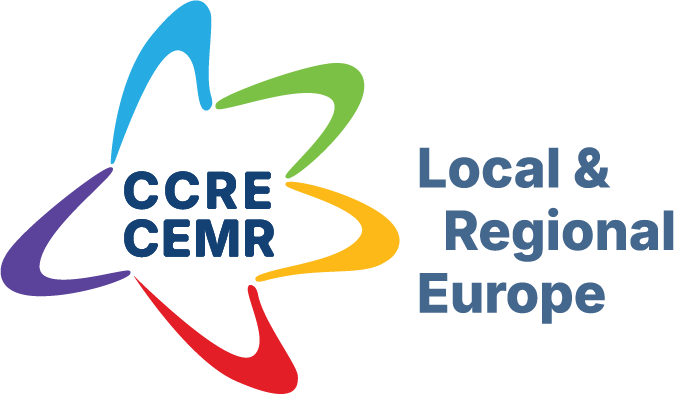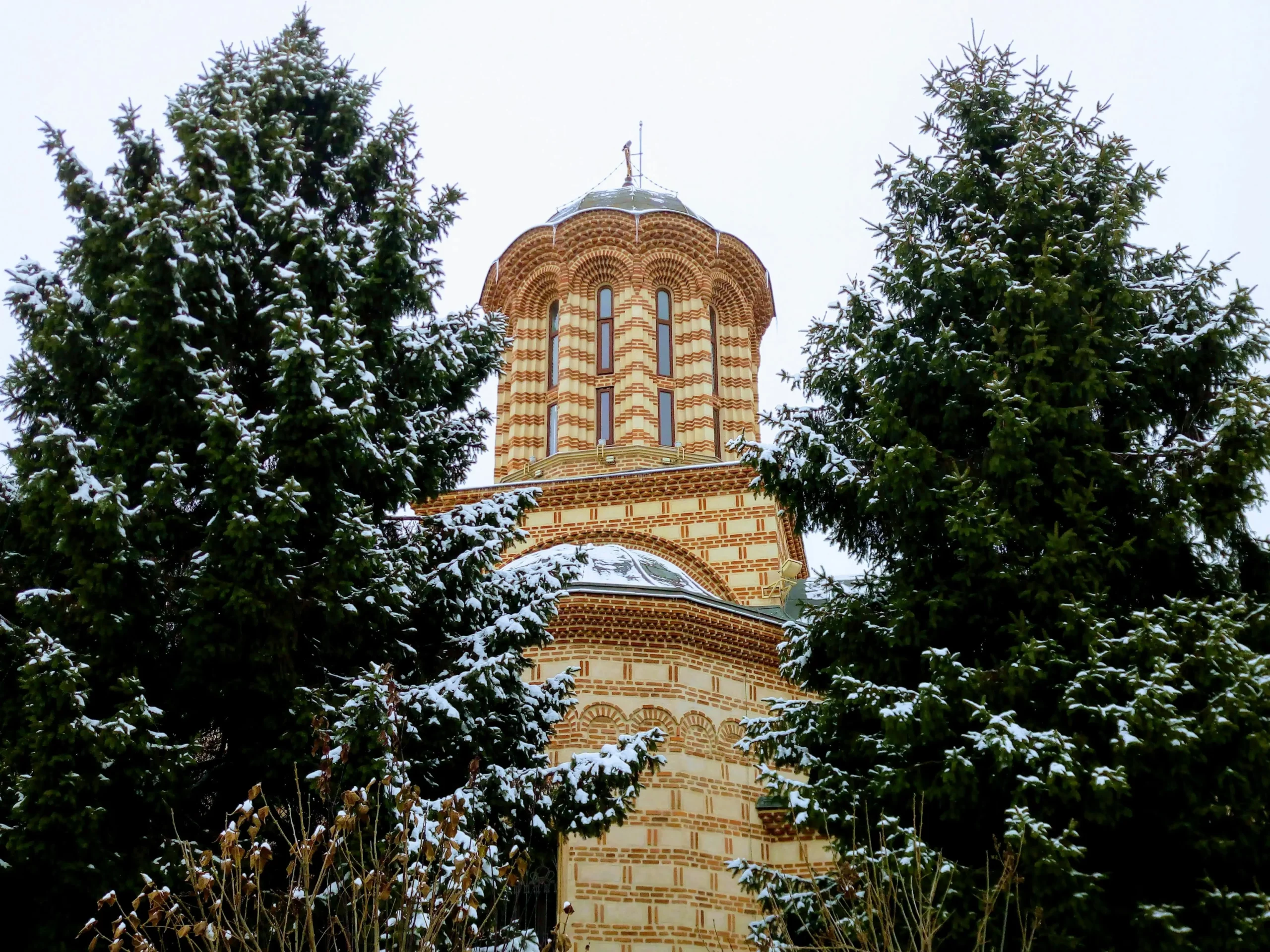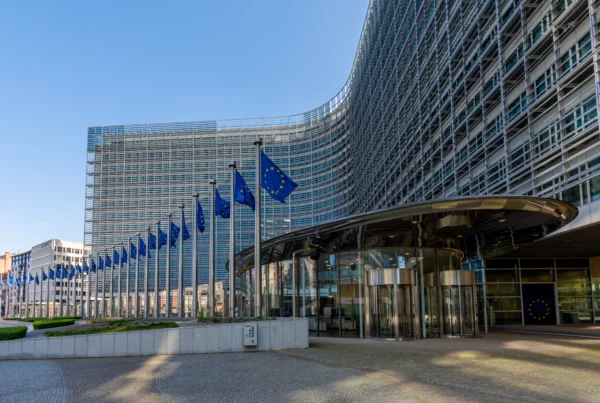How a utility park in Bucharest is fostering sustainability and inclusion
Green spaces can be a great way to foster community feeling and biodiversity in our cities. That’s why Bucharest’s Sector 2 decided to create a utility park in the Ion Creanga neighbourhood, an area suffering from social deprivation and a lack of recreational facilities.
The utility park was designed to tackle both social and environmental challenges, in accordance with the UN Sustainable Development Goals (SDGs), and finances by the European Regional Development Fund (ERDF).
The local authorities worked in close collaboration with local communities and empowered them to have a say in their future. As such, the city hall organised a series of debates and public consultations, communicated about the project online and actively integrated local demands into the project.
The park’s creation made a huge difference in the lives of residents:
- The neighbourhood became more liveable because low-income families and at-risk youth benefited from recreational opportunities.
- Residents’ sense of community increased as the park allowed people from diverse backgrounds and cultures to connect, facilitated the organisation of neighbourhood activities and exposed young people to nature.
- The quality of the environment improved with sustainable and rational management of waste, enhanced energy efficiency and decreased of air pollution.
- The park attracted homebuyers and the value of residential property rose by 15%.
To learn more about this and other local best practices, check out the website of URBACT, the European territorial cooperation programme which aims to promote sustainable integrated urban development in cities all over Europe.
Since 2021, the RFSC tool has been used by cities and partners of the “Global Goals for Cities” URBACT network, supporting the localisation of the SDGs across 19 European cities.

Advisor – Territorial Cohesion & Local Finances






